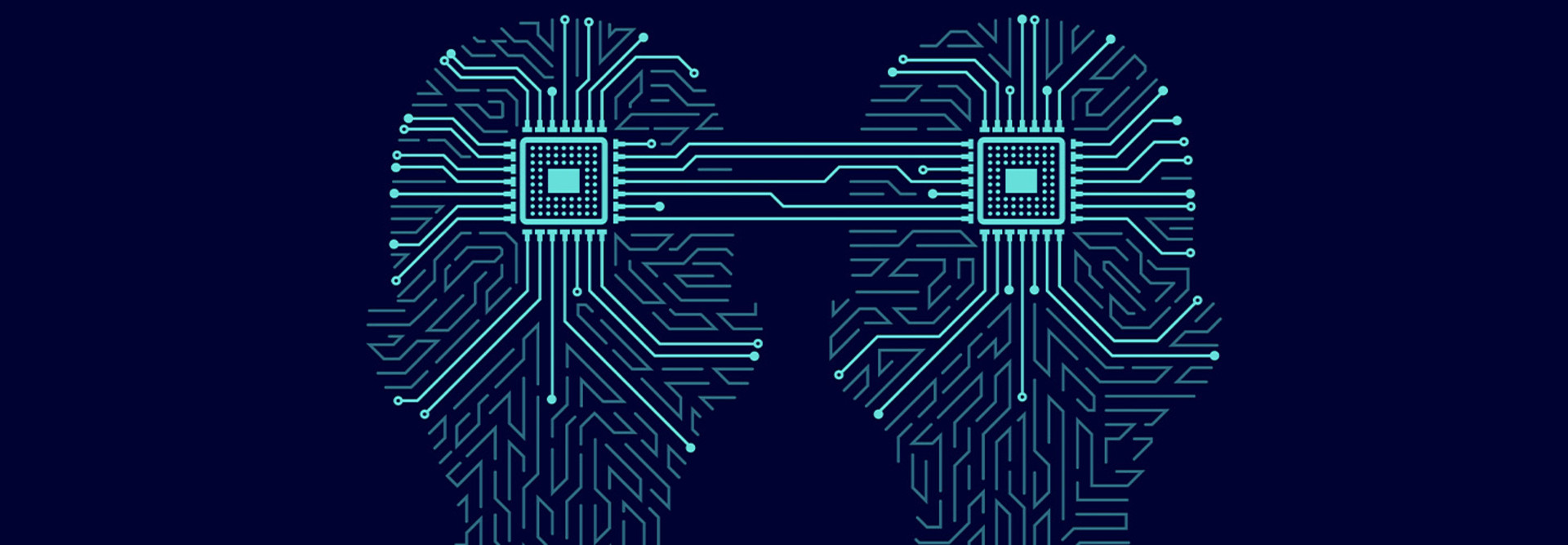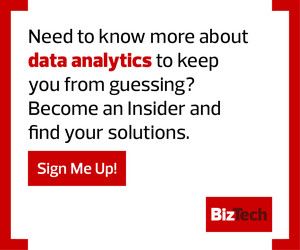Since then, Grieves continues, “the information technology supporting both the development and maintenance of the virtual product and the design and manufacture of the physical product has exploded.”
But Grieves wasn’t the only one to call attention to digital twins. There were various cultural and visual art examples circulating earlier, including David Gelernter’s 1991 book Mirror Worlds, which discussed the possibility of re-creating physical objects in digital forms.
NASA also relied on early concepts of digital twins, particularly when engineers on the ground helped astronauts in orbit successfully navigate a return to Earth during the failed Apollo 13 mission. (However, Grieves has argued that Apollo 13 involved a physical simulation, not a digital twin.)
EXPLORE: How customer data platforms are supporting compliance efforts.
Where Are Digital Twins Used?
Digital Twins are deployed in a variety of ways. For example, NVIDIA uses digital twins to manage its data centers for high-performance computing. And according to a 2022 McKinsey report, digital twins can cut time to market in manufacturing settings by 50 percent.
Retailers are also using tracking technology to build digital twins. CIOs are reporting that this is helpful to understanding how consumers interact with retail spaces. This can also help predict trends before they become mainstream.
That said, the biggest use-cases of digital twins are in the energy and utility industry. Barbara Ryan, executive director of the World Geospatial Industry Council, a trade association that supports the use of geographic research data, says that digital twins allow utility companies to test new approaches before they go public.
“The use of digital twin technology enables innovation with little, if any, investment risk. Trials take place virtually and have no impact on reality,” Ryan says. “Energy and utility professionals get the opportunity to test the innovative solutions in the digital twin and, if proven successful, implement and introduce them into the real system.”
What Are Different Types of Digital Twins?
Digital twins come in an array of forms, but they vary based on the scale of the device and the size of the system being digitally re-created. System types include:
- Component or part twins. These are smaller twins that are part of larger components, re-created to test functionality. This could be a single part tested in a modeling app and later 3D-printed as a prototype before it is configured into a final design.
- Asset or product twins. These are complete objects re-created in a digital context that can be tested for long-term capabilities and potential points of failure.
- System or unit twins. This type of digital twin shows the functionality of an entire system, similar to the way the parts of a factory work together.
- Process twins. This is the broadcast system and covers the entire organizational process. Spatial digital twins, which rely on geographic data to manage an energy grid, are a good example of a process-type twin used in large energy and utility deployments.
For energy industry use cases, the digital twin will most likely take the form of a system unit or process twins. These two forms are most equipped to replicate across settings, particularly when it comes to sourcing energy and delivering it to customers.
“Other than receiving real-time updates and monitoring capabilities in this environment, energy and utility professionals can test modifications, apply new methods and derive concrete measures for the real situation,” Ryan says.
LEARN MORE: What is data cleaning and how could it benefit you?
What Kind of Equipment Is Needed for a Digital Twin?
Digital twins require a mix of software and hardware. Information must be gathered in real time through Internet of Things sensors located at the edge that can be brought back into a digital environment. From here, data retrieved from those sensors is visualized using cloud-based platforms such as Amazon Web Services or Microsoft Azure. Businesses can also use NVIDIA for high-end processing and visualization technologies.
The IoT also has helped build a foundation for digital twins that has grown increasingly sophisticated over time. And if combined with synthetic data, businesses can go a step further, planning possible changes to infrastructure before they are implemented in real time.












